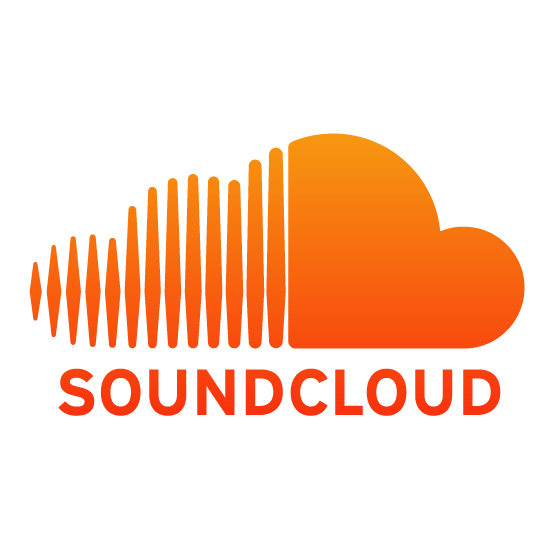Hello fellow bloggers!
 |
| The Odyssey Online. (CC) 2016. |
Why yes, this is officially my last post on this blog, and it’s sad to say goodbye. I’ve learned a lot throughout this course and enjoyed the exploration of previously known and unknown tools. When I googled my name I was surprised to see that only a few of my online accounts appeared and I have successfully upheld my digital footprint in a positive way.
The main thing that I have learned about building a positive digital footprint is that it is a vital step in an educational context as well as in the workforce. Everything that you post, like, share, and say online is saved for the whole online world to see and it is important to represent yourself in a positive light as future employers can view your online pages and obtain your information. It is appropriate to post your thoughts and opinions online as you have a right to freedom of speech, however you must share your opinions in a non hurtful and respectful manner. The amount of young people on the internet is growing and as a digital citizen you must demonstrate to these youth the digital rights and responsibilities and be a good role model as they learn to navigate through the world wide web.
As a digital citizen and a future teacher it is one of my goals to demonstrate to youth the importance of internet safety and being respectful online. At times people forget that there is another person on the other side of the screen when they leave a hurtful comment on their blog or Youtube channel, which is why it is significant to keep the conversation going about digital rights and responsibilities. I also think that the discussion of cyber bullying should be held at a higher value in the classroom because it is so common and children should be educated on the effects of cyberbullying. Online safety plays a large role in being a digital citizen and awareness needs to be formed surrounding this topic in an educational context. Ribble (2015) discusses the importance of educators being aware of digital citizenship and how to integrate it into the curriculum in order to keep their students safe. Ribble (2015) states that the misuse of the internet needs to be dealt with now, rather than in the future, in order to make a long lasting impact on youth and how they use the internet.
Furthermore, I am going to share the new educational website tools that I have taken from this course with my friends. Websites such as Google Docs, Twitter, Prezi, RecordMP3, Gmail, Feedly, etc. are all really great tools and are quite helpful during group projects and presentations. I visit Twitter the most often in order to stay up to date with the news, my friends, and school and I think that it is one of the most beneficial online communities to be a part of. It is a concise and fast way to stay up to date and share your voice with millions of people. Additionally, in my future classroom I would like to integrate these website into the assignments and teach my students about the exploration of new online tools.
For my last official Feedly reader finding, I found an article about “5 Free Digital Solutions for a Happy, Healthier Brain.” This article discusses the constant use of technology and how hiding behind a screen can affect your health. The article suggests different apps that you can download in order to practice mindfulness and use technology in a non detrimental way that is also brain stimulating. This is a great read and it applies to this course because I’m sure that everyone feels trapped behind their laptop screen as they write their last group of essays!
Thank you for reading and commenting on my blog and I hope to continue on the conversation in the future. Let me know what you think in the comment section below!
Happy blogging, and take care.






